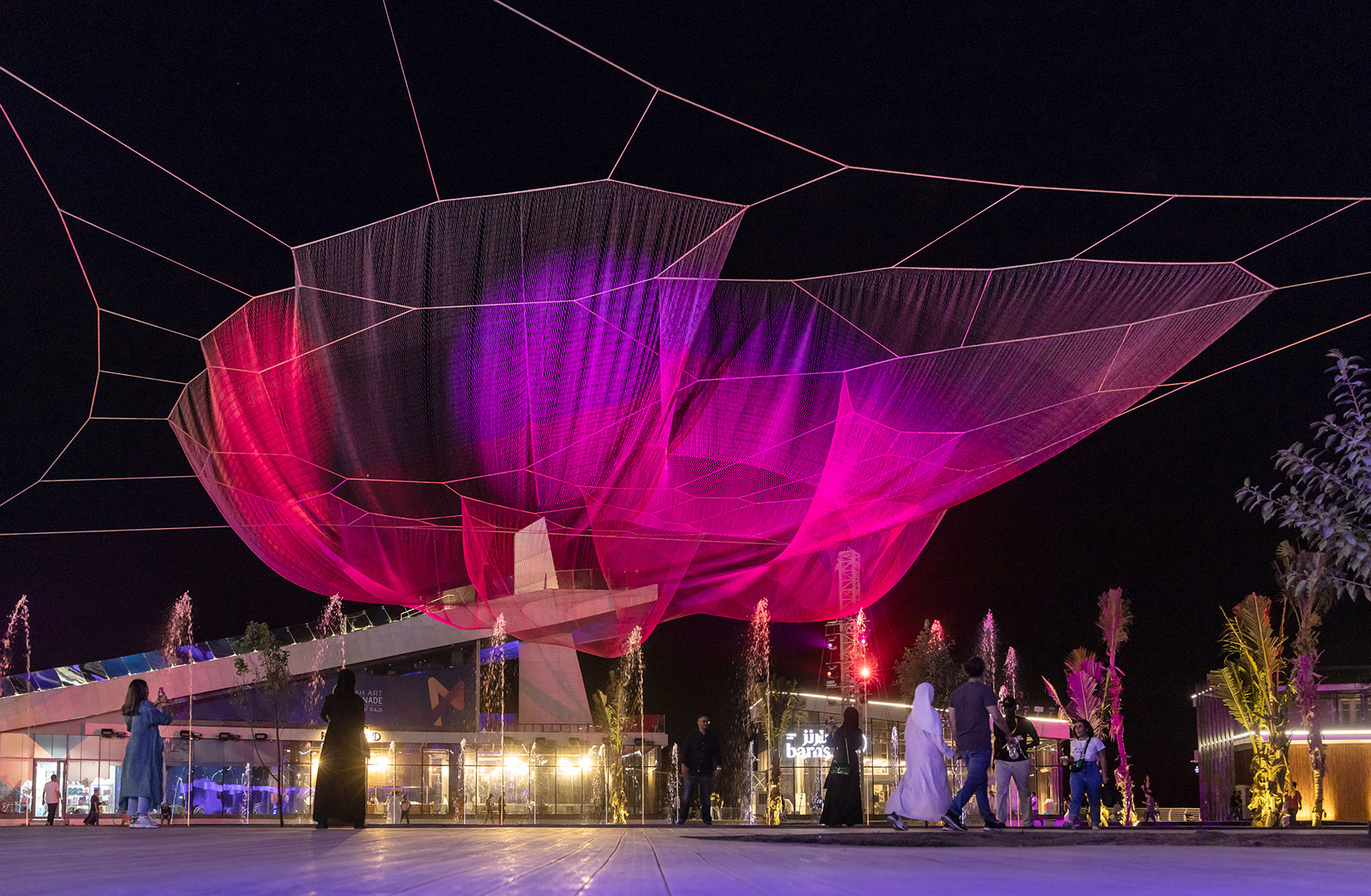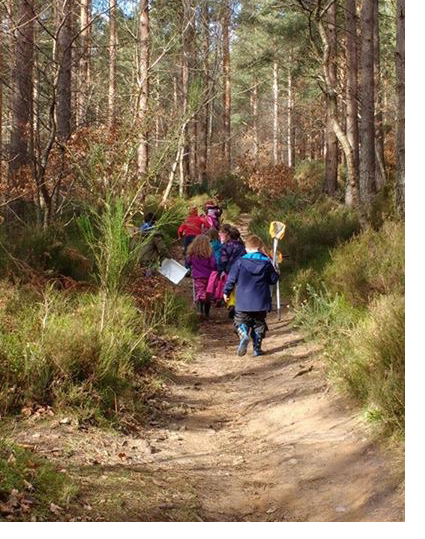

Data from the Galileo spacecraft indicate that Jupiter's ring system may be formed by dust kicked up as interplanetary meteoroids smash into the giant planet's small innermost moons. A liquid-water ocean with the ingredients for life may lie beneath the frozen crust of Europa, making it a tempting place to explore.ĭiscovered in 1979 by NASA's Voyager 1 spacecraft, Jupiter's rings were a surprise, as they are composed of small, dark particles and are difficult to see except when backlit by the Sun. Callisto’s very few small craters indicate a small degree of current surface activity. Ganymede is the largest moon in the solar system (even bigger than the planet Mercury). Io is the most volcanically active body in the solar system. These four moons are known today as the Galilean satellites, and they're some of the most fascinating destinations in our solar system. Jupiter's four largest moons – Io, Europa, Ganymede, and Callisto – were first observed by the astronomer Galileo Galilei in 1610 using an early version of the telescope. Fifty-seven moons have been given official names by the International Astronomical Union (IAU). With four large moons and many smaller moons, Jupiter forms a kind of miniature solar system. This means Jupiter spins nearly upright and does not have seasons as extreme as other planets do.


Its equator is tilted with respect to its orbital path around the Sun by just 3 degrees. One day on Jupiter takes only about 10 hours (the time it takes for Jupiter to rotate or spin around once), and Jupiter makes a complete orbit around the Sun (a year in Jovian time) in about 12 Earth years (4,333 Earth days). Jupiter has the shortest day in the solar system. The sizes of the bodies are greatly exaggerated for emphasis. Planets are shown in the correct order of distance from the Sun and with the correct relative orbital distances. From this distance, it takes Sunlight 43 minutes to travel from the Sun to Jupiter. One astronomical unit (abbreviated as AU), is the distance from the Sun to Earth. If Earth were the size of a nickel, Jupiter would be about as big as a basketball.įrom an average distance of 484 million miles (778 million kilometers), Jupiter is 5.2 astronomical units away from the Sun. With a radius of 43,440.7 miles (69,911 kilometers), Jupiter is 11 times wider than Earth.

There is evidence of a vast ocean just beneath its icy crust, where life could possibly be supported. Europa is one of the likeliest places to find life elsewhere in our solar system. While planet Jupiter is an unlikely place for living things to take hold, the same is not true of some of its many moons. The temperatures, pressures, and materials that characterize this planet are most likely too extreme and volatile for organisms to adapt to. Jupiter’s environment is probably not conducive to life as we know it. Jupiter, being the biggest planet, gets its name from the king of the ancient Roman gods. Credit: NASA Visualization Technology Applications and Development (VTAD) Copy link A decentered black square over a white square.A 3D model of Jupiter, a gas giant planet. WhatsApp Messenger An icon of the Whatsapp messenger app logo. Facebook Messenger An icon of the Twitter app logo. Facebook Messenger An icon of the facebook messenger app logo. Loading Spinner An icon of a loading spinner. Success Tick Timeout An icon of a greyed out success tick. Information An icon of an information logo. Speech Bubble Icon A icon displaying a speech bubble WhatsApp An icon of the WhatsApp logo. Video Camera An icon of a video camera shape. Previous An icon of an arrow pointing to the left. Notice An explanation mark centred inside a circle. Next An icon of an arrow pointing to the right. Hamburger Menu Icon An icon used to represent a collapsed menu. Search Icon A magnifying glass icon that is used to represent the function of searching. Magnifying Glass An icon of a magnifying glass. Comments An icon of a speech bubble, denoting user comments. Close Icon An icon used to represent where to interact to collapse or dismiss a component Comment An icon of a speech bubble. Breaking An icon of an exclamation mark on a circular background. Pause Icon A two-lined pause icon for stopping interactions. Is Not Public An icon of a human eye and eyelashes with a diagonal line through it. Is Public An icon of a human eye and eyelashes. Telephone An icon of a traditional telephone receiver. Profile An icon that resembles human head and shoulders. Linked In An icon of the Linked In "in" mark. Facebook An icon of the Facebook "f" mark. Caret An icon of a block arrow pointing to the right. Cancel An icon of a circle with a diagonal line across.


 0 kommentar(er)
0 kommentar(er)
